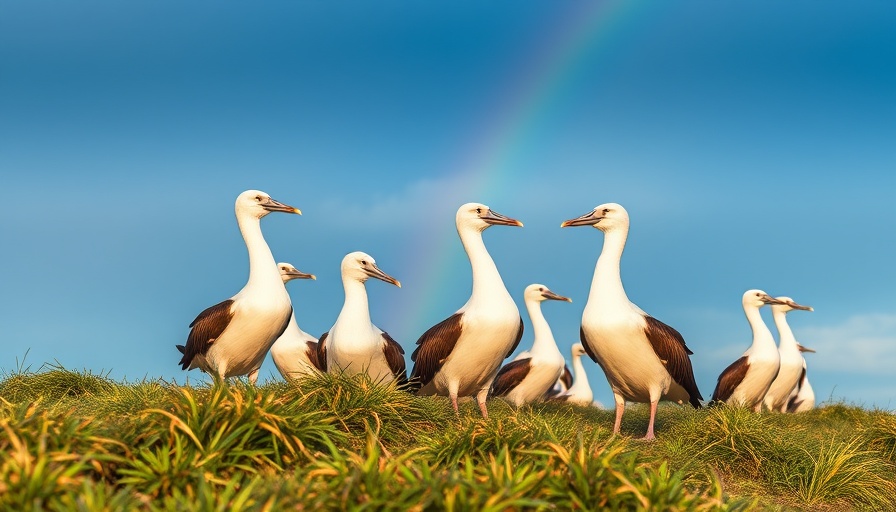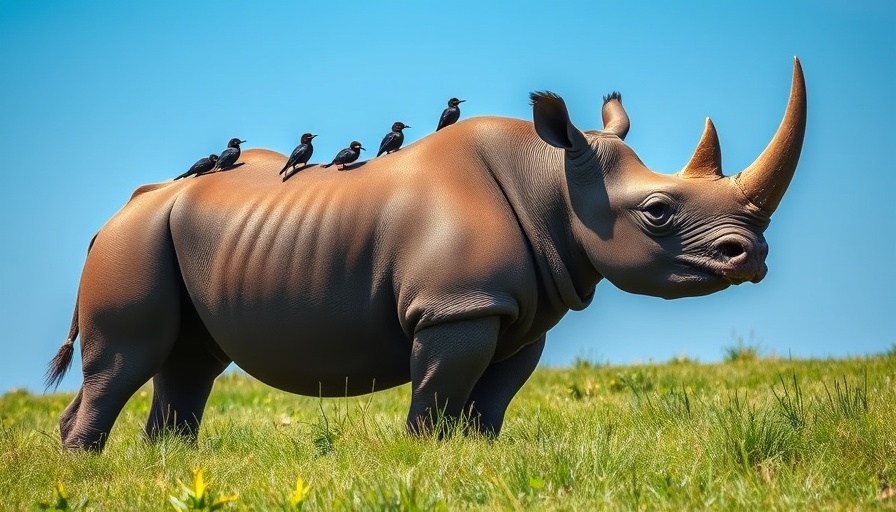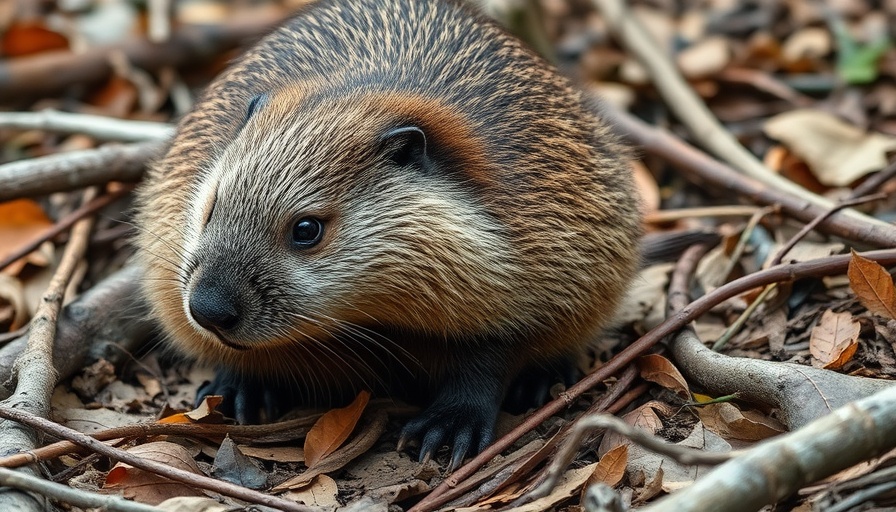
Exploring Marine Migrations: Vital Connections for Conservation
In a world increasingly aware of the importance of biodiversity, understanding where marine animals roam is crucial. The oceans, teeming with life, face escalating threats from climate change, pollution, and habitat loss. Thus, the need to track these migrations has become more pressing than ever. With the launch of the Migratory Connectivity in the Ocean (MiCO) database, scientists are taking a significant step toward mapping the comings and goings of marine species.
Mapping the Movements: How MiCO Works
Scientists from the University of Queensland and Duke University have collaborated to create this interactive database, which synthesizes information from over 1,300 studies. This ambitious project documents the migrations of 109 species, including mammals, birds, and fish, presenting a comprehensive picture of marine life connectivity.
The MiCO database offers users the ability to zoom into specific locations or search for particular species, enhancing the accessibility of crucial data. According to Lily Bentley, a movement ecologist involved in the project, the significance lies in its ability to highlight areas of migration and facilitate better decisions regarding marine conservation and policy-making.
The Intersection of Politics and Preservation
As discussions surrounding global biodiversity protection intensify, the MiCO map emerges as a vital tool. Notable initiatives like the Kunming-Montreal Global Biodiversity Framework—aiming to protect 30% of Earth’s lands and oceans by 2030—rely on accurate data to guide decisions. The MiCO project underscores the need for a collaborative approach, transcending political boundaries and emphasizing that effective conservation requires partnerships beyond national limits.
Challenges in Marine Research: Bridging Knowledge Gaps
The journey to create the MiCO database was not without its challenges. Researchers faced historical inequalities in funding, which have led to knowledge gaps, particularly in biologically rich areas. Bentley remarked on the difficulty of visualizing the complex web of migrations, stating, "There’s someone going somewhere all the time." These challenges reflect a broader issue in marine conservation, where certain regions remain understudied despite their biodiversity significance.
Impacts for the High Desert Community
For the residents of the high desert, who may feel distant from the ocean, this mapping initiative could have far-reaching implications. Understanding marine migrations can enhance efforts to preserve local ecosystems, as many of the species that migrate rely on coastal habitats. Awareness of these connections fosters a deeper appreciation for the oceans and their inhabitants, prompting local action towards conservation efforts.
How You Can Get Involved
Engaging with local conservation initiatives is one way residents can contribute to the preservation of both marine and terrestrial ecosystems. Whether it's participating in local clean-up drives or supporting organizations focused on wildlife preservation, every action counts. The MiCO database provides an opportunity for the community to engage meaningfully and contribute to broader conservation efforts.
As individuals passionate about wildlife, harnessing the insights from the MiCO project allows us to participate in the global conversation on biodiversity, ensuring that marine migrations are protected and celebrated, even from the high desert.
 Add Row
Add Row  Add
Add 




Write A Comment